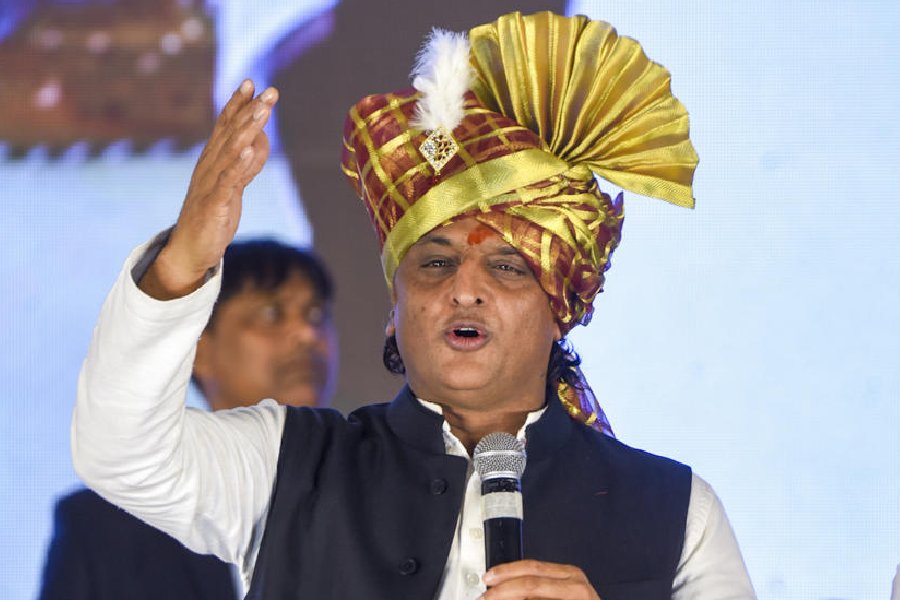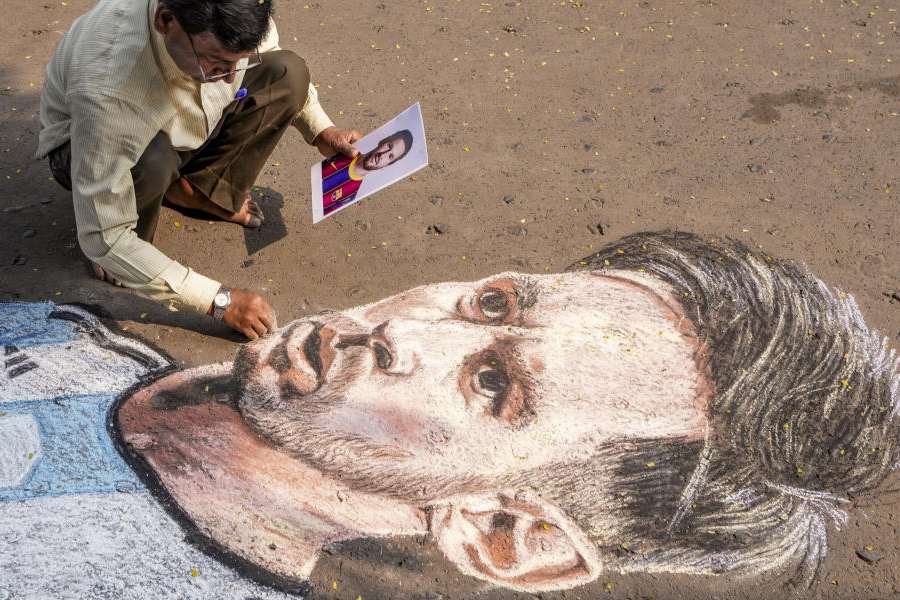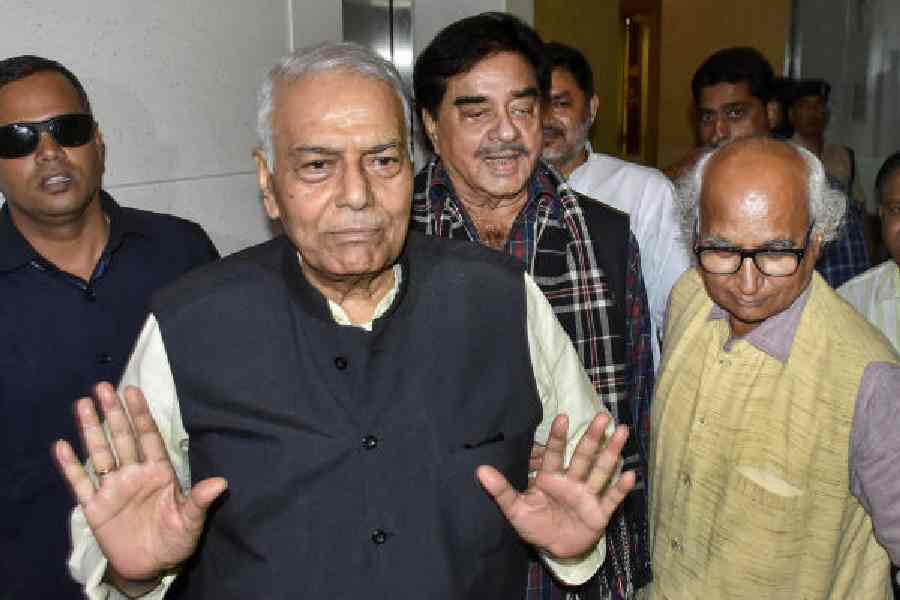 |
New Delhi, Nov. 7: Thick smog shrouded the capital today, amplifying concerns that a steady growth in the number of vehicles might be neutralising Delhi’s environmental gains from the shift to compressed natural gas as fuel for public transport.
An abrupt drop in wind speed last night prevented normal dispersal of fine dust particles and vehicle emissions, generating a haze that obscured visibility across the city through Saturday, meteorologists said.
PTI reports suggested poor visibility claimed 10 lives today. Seven students were injured when a truck hit a school bus this morning.
Environment scientists said the smog today was a signal that the air quality was deteriorating to levels before 2001-03, when the Delhi government launched a clean-up drive. It replaced a fleet of about 6,000 diesel-powered buses with CNG vehicles, ordered three-wheelers and taxis to shift to CNG and banned commercial vehicles older than 15 years.
“What we’re seeing today is a wake-up call that our problems are growing faster than our clean-up actions,” said Anumita Roychoudhury, who heads the Right to Clean Air Campaign at the Centre for Science and Environment (CSE), New Delhi.
The concerns come less than a year before the capital hosts the 2010 Commonwealth Games.
A CSE analysis of city vehicle registration data suggests the capital is adding more than 300,000 vehicles every year. “The steep rise in the number of vehicles is nullifying the effects of the clean-up actions,” Roychoudhury told The Telegraph.
Central Pollution Control Board figures, the CSE said, suggest the levels of carbon monoxide gas currently range between 4,000 micrograms per cubic metre and 6,000 micrograms per cubic metre, well above the permissible level of 2,000.
The level of particulate matter (tiny dust particles) small enough to penetrate deep into human lungs over the past two weeks has been about 200 micrograms per cubic metre, much higher than the proposed limit of 60, Roychoudhury said.
Diesel emissions and burning of firewood are among sources of particulate matter. Hundreds of diesel-operated interstate cargo trucks move along arterial roads of the capital every night. Environment scientists say construction activities, including those associated with the 2010 Games, may also be contributing to dust particles in the air.
The CSE has warned that the growth in personal diesel vehicles will undo efforts to reduce pollution through CNG public buses. The Society for Indian Automobile Manufacturers believes the market share of diesel cars is expected to touch 50 per cent of total car sales by 2010. “We need new government initiatives in public transport that will restrain the use of private vehicles in the city,” Roychoudhury said.
A weather phenomenon known as intense low level inversion — in which a layer of warm air hangs above a layer of cold air near the ground — prevents locally generated pollutants from rising upward and being dispersed.
“In such a condition, the wind is very calm. We would normally see wind speeds between 8kmph and 12kmph, but since Friday night we’re seeing very calm conditions — less than 2kmph,” a scientist at the Indian Meteorological Department said. “This is likely to persist till Sunday afternoon.”
A fog had developed early this morning, reducing visibility to 350 metres at Palam and to 500 metres at Safdarjung airports, but it was smog that obscured visibility the rest of the day, the IMD said.
Five railway personnel working on the tracks between Ghaziabad and Shahibabad stations were run over by an express. Poor visibility is believed to have led to the accident. Five people were killed in road accidents in the National Capital Region.










